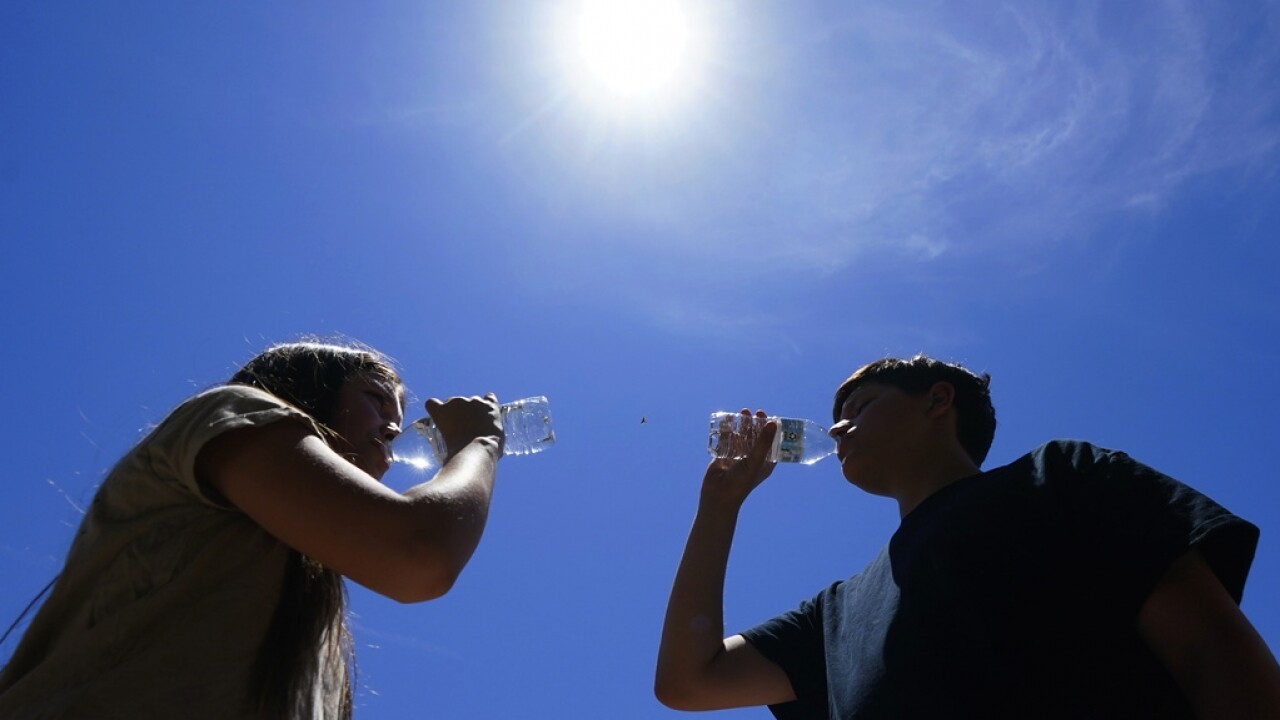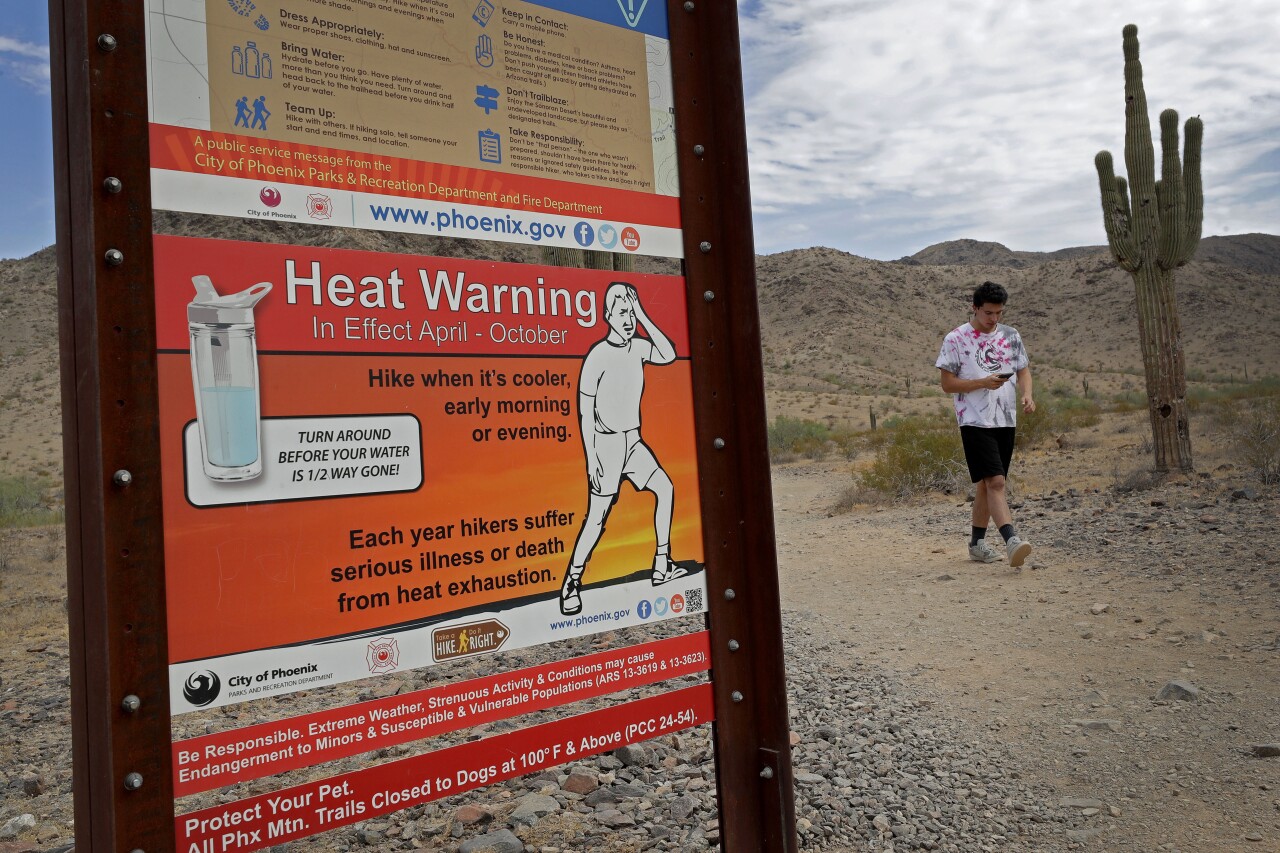Last year was the hottest summer on record, leading everyone to find new ways to cool down their homes. There is a process called “supercooling” that can help reduce your home’s temperature, make you feel more comfortable, and decrease your energy bill.
Arizona’s Supercooling Ambassador
Rosie Romero, host of “Rosie on the House,” a staple of Arizona talk radio since 1988, has reportedly been using the phrase supercooling for several years.
Romero’s listeners have reported saving between 25-33% on their energy bills since adopting his supercooling plan. And heating and cooling experts state that the method is also easier on your home’s HVAC system, potentially providing even more savings on expensive repairs down the road.
Romero defines supercooling as choosing the right time of day to turn on the air conditioning. The caveat to this plan is that you must have a specific type of electricity plan, which may or may not be available where you live. This is also a great time to shop around if you live in an area with multiple energy providers.
You’ll just need to learn the ins and outs of supercooling your house, apartment or other living space.

Weather
What's the best way to run your air conditioner in extreme heat?
How to Supercool Your Home
If you don’t already have a time-of-use or time-of-day plan from your electricity provider, you’ll need to switch to one before you begin. These somewhat controversial plans mean the price of your electricity changes with the time of day, making power during peak hours more costly than off-peak hours, for instance.
Once your time-of-use plan is up and running, it’s time to start supercooling.
- First, find out the time of day when your electricity will be the cheapest (some providers even offer free energy at certain times). Check with your local power company for off-peak hours (these may differ on weekdays and weekends). Typically, during the summer at least, rates are lower from the early evening until about noon the next day.
- Next, turn the thermostat way down during those peak times. You’ll want to set it as low as you can handle. To obtain the supercooling effect, Romero says it must be between 68 and 74 degrees.
- Finally, turn the thermostat back up once you’re back to high-priced rate periods. You’ll probably go higher than you usually would. Romero recommends 78 to 80 degrees.
And that’s all there is to it. Keep up this cycle throughout the summer and your home should stay plenty cool while your energy bill decreases.

Weather
Record highs expected to fall as Southwest US bakes in first heat wave of season
How does supercooling work?
Supercooling works because while you are cooling the air in your home, you’re also cooling the walls, floors, furnishings, fixtures and everything else inside. Of course, the more energy-efficient your home is, the more it will contain this coolness, helping you feel more comfortable even when you hike the thermostat up again during peak energy-cost hours.
Some tips to help navigate supercooling your home
- If you’re one of those individuals who loves to feel frosty, great! For most people, though, it can get a little nippy enduring those chilly hours where you’ve got the air cranked. So you may want to pull on a sweater or cover up with a cozy blanket.
- A smart thermostat that’s linked to your smartphone will make it much simpler to supercool your living spaces. You can program it to adjust as needed at the proper times, even if you happen to be away from the house.
- Only running appliances such as your washing machine, dryer and dishwasher during your cheap or free electricity periods will help you slash your power bill even more.
If variable electricity rates are unavailable in your area, besides utilizing fans, there are cooling plants, sheets, pillows and pajamas that can help cool your body down.
This story was originally published by Tricia Goss at dontwasteyourmoney.com.



